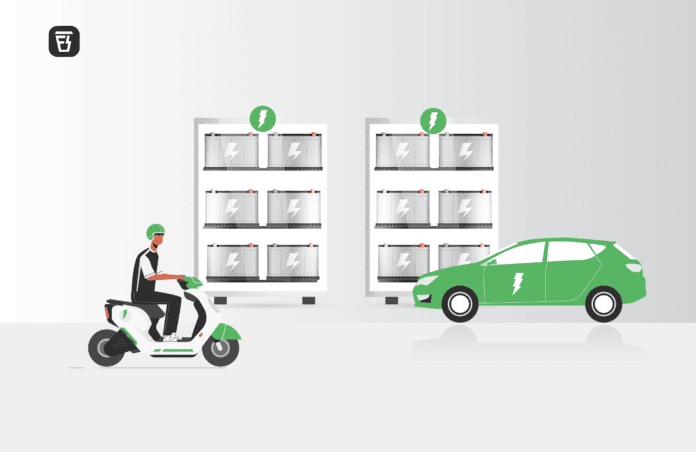The advent of battery-as-a-service (BaaS) enables users to pay only for the energy they use, rather than buying the battery outright. This arrangement increases the affordability and flexibility of EV ownership. When comparing the BaaS concept to the monthly expenses of owning an ICE vehicle, it becomes especially attractive. For example, assuming ₹100 a liter for petrol, driving a conventional car for 1,500 KM a month comes to about ₹12,000 in costs.
On the other hand, an EV traveling the same distance under the BaaS model would cost about ₹7,000, including the cost of renting a battery and electricity for charging. Since there are gas stations every few kilometers, one does not second-guess taking an ICE-powered car on a lengthy road trip; thus, range anxiety is nonexistent.
Range anxiety is addressed by a dense network with steady battery availability, which is essential for the quick adoption of EVs.It is also essential because, due to weight restrictions when swapping batteries, swappable batteries frequently have lesser capacities than fixed batteries.
Customers trust battery swapping networks because of this guarantee of battery availability. To guarantee that stations are suitably placed inside the micro-cluster, networks must assess their accessibility at the micro-cluster level in accordance with demand patterns and median driving distances. The majority of cars equipped with swappable batteries are used for commercial purposes. Customer experience is a key distinction that any BaaS company may develop in this situation. To use Yuma as an example, users can reserve tokens in advance of visiting exchange stations. To ensure that there is as little downtime for consumers as possible, we have also reduced the overall waiting and changing times to under a minute.

OEM-BaaS partnerships will pick up steam
Providing an assisted model for switching would also help the industry enhance customer experience, safety, and battery management, at least in the early stages of development. The industry can progressively move to 100% “DIY battery swapping” alternatives for more seasoned customers after people become accustomed to the idea. OEMs are actively investigating collaborations with battery swapping networks as their networks grow in order to provide consumers with more reasonably priced mobility solutions.
A number of “franchisee” models with different levels of asset ownership and operational structures are probably going to emerge in the near future. These models will help build sustainable companies, facilitate quick network expansion, and share the “burden” of capital expenditures. The rate at which OEMs choosing battery-swapping technology will see an increase in sales will depend on how strong a BaaS partner’s network is.
Players in last-mile logistics who depend on all-EV fleets to boost their unit economics and follow clean mobility rules will also find this to be a crucial component of their success. The expansion strategy of any BaaS network is centered around technology. Asset tracking and forecasting of both present and future client demand are made easier for BaaS organizations by features like Internet of Things (IoT) enabled hardware, machine learning models, and data-led operations.


